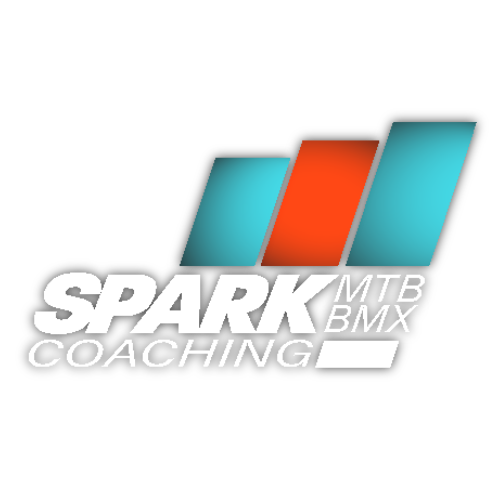developing a child’s athleticsim
If there is one thing about training little kids that I hate, it’s when parents tell me, "Kick my kid's ass!" I understand the desire for them to work hard and improve, to develop grit. However, simply kicking your child's ass will do very little for them, aside from potentially creating resentment towards you and the sport itself.
Children do not need their asses kicked. Instead, they need to learn new skills that they may have never encountered before. They need the opportunity to develop and enhance their coordination. They need to engage in various activities like playing, running, climbing, jumping, and even sprinting. It is through these activities that they can grow and mature, both physically and mentally. Furthermore, it is important for children to engage in play and interact with others their age. This includes activities like wrestling or friendly competition, which can facilitate social and physical development.
So, instead of focusing on kicking their asses, let's provide little kids with a supportive and stimulating environment. Let's encourage them to explore and discover their potential. Let's help them acquire new skills and foster a love for the sport, without resorting to harsh methods.
By doing so, we can ensure that children not only excel in their chosen sport but also develop a genuine passion that will last a lifetime.
With kids under 10 years old, it’s particularly important to emphasize coordination and random play. That doesn’t mean that they shouldn’t be pushed hard at times to help improve conditioning and develop grit. But that does NOT require the balls out, super hardcore workouts that you see professional athletes doing (it’s actually not necessary for many pros either).
Children are not mini-adults. Their hearts, brains, hormones, and body proportions, are just not the same as they will be when they mature. If you’re looking to improve a child’s strength and conditioning levels, the best way is by accumulating volume of work rather than short, intense bouts of exercise.
Let me say that again…
IF YOU’RE LOOKING TO IMPROVE A CHILD’S STRENGTH AND CONDITIONING LEVELS, THE BEST WAY IS BY ACCUMULATING VOLUME OF WORK RATHER THAN SHORT, INTENSE BOUTS OF EXERCISE.
If our children are out of shape and are not fit enough to make it around a track it’s not their fault, it’s ours.
As parents, we have failed to get/let them play outside and stay active enough. They played too much Playstation and not enough hide and seek. If you’re reading this and thinking – “screw you, why are you judging me?!”. Believe me, I know how hard it is to be a parent of a little one. My daughter not playing outside enough is possibly one of my biggest regrets in life. With our crazy schedules, sometimes it’s easier to just let her spend the afternoon on YouTube. It’s just life right now, but that doesn’t mean we can give kids hardcore exercise and expect that to reverse hours and hours of being sedentary.
We should not punish our kids by working so hard that they puke in an effort to improve their fitness. They can’t make up for years of inactivity by doing endless laps at practice until they are literally sick to their stomach… it just doesn’t work that way. If you happen to be working with a coach that relies on pushing the athletes super hard as a frequent piece of their training… I don’t think that coach knows what they are doing.
It’s important to recognize and respect these nuances in the way children develop.
Growth and Joint Health
Kids are constantly growing, sometimes very rapidly. Their bones are growing faster than their nervous system and muscles can keep up with. This often creates some funky movement patterns. These funky patterns are less than optimal and when stressed repeatedly, can cause some serious issues. When a coach pushes their athlete to exhaustion, these funky movement patterns are relied on to get them through a workout.
The result is – that they may be unnaturally stressing joints, and engraining bad movement patterns.
Heart
A child’s cardiovascular system is not developed in the same way as an adult's. At rest, their heart beats faster because of an increased demand from the rapid growth of their body and a lower systolic blood pressure. Kids reach higher heart rates during exercise and get worn out quicker than adults.
You will not see the same positive adaptions from high-intensity training in kids that you will see in adults until after puberty. Girls typically peak in aerobic abilities around 15, whereas boys peak later around 18.
Weight Training
From the studies and books I’ve read, weight training with children is safe. BUT, that does not mean it should be like an adult program. As kids are around 10 and older, I like to begin to expose them to some very basic patterns. Rather than using these exercises to build muscle, they are more for teaching them to control their body.
For kids, it’s recommended not to use super heavy weights. You wouldn’t want to train them close to their 1 rep maxes. You would want to start out around 6-8 reps and instead of increasing weight, you would increase reps all the way up to 12-15 reps, then add more weight.
WANT MORE HELP COACHING YOUR KIDS?
If you need more help with getting your kids fitter and becoming better athletes, I have recorded a program that gives you over 2 hours of exercise. This program is designed for kids starting at 6 years old with fun activities, all the way up to when they are teenagers and starting to seriously lift weights.
If you want more info, check it out below.

